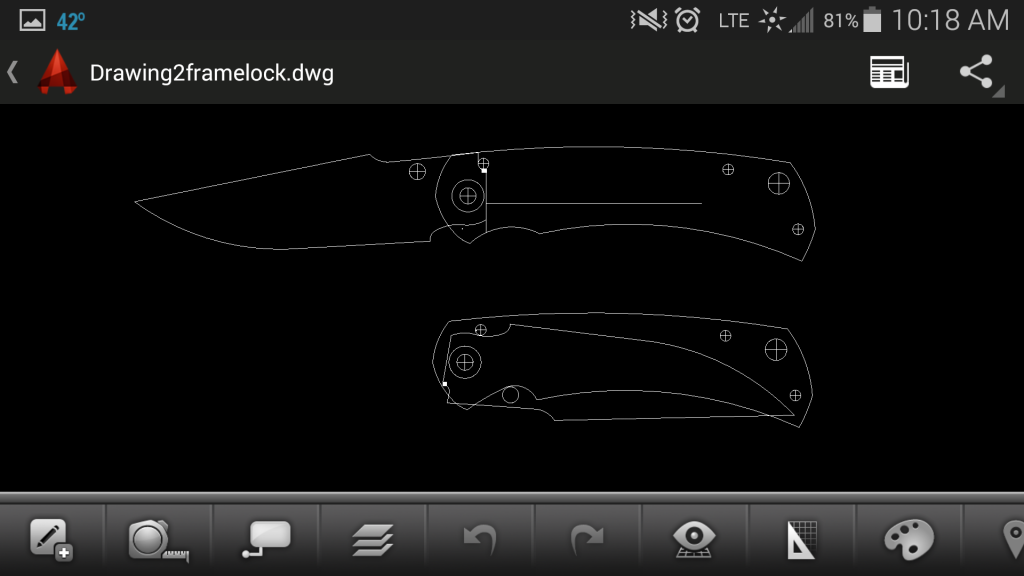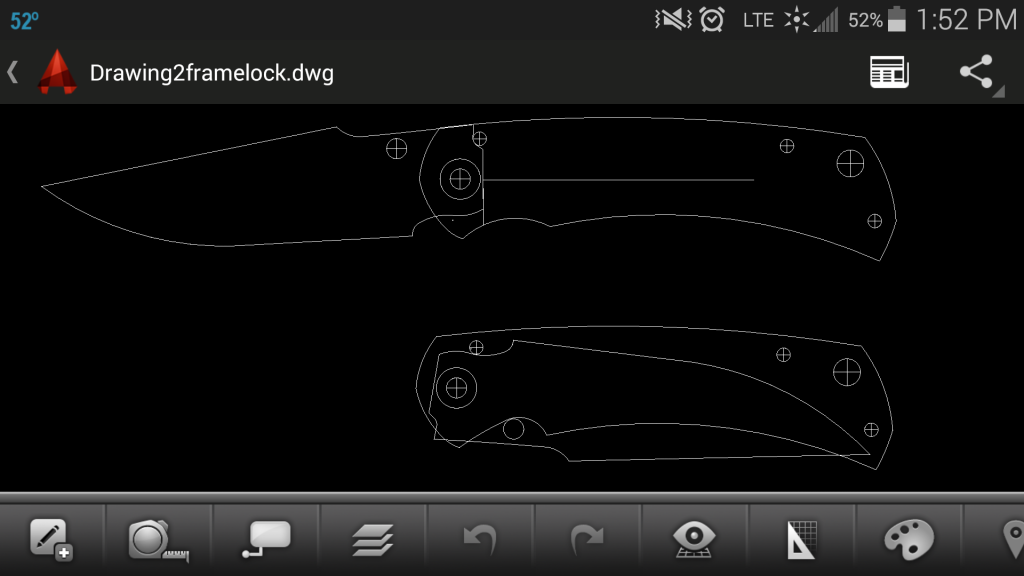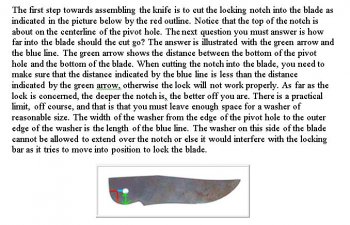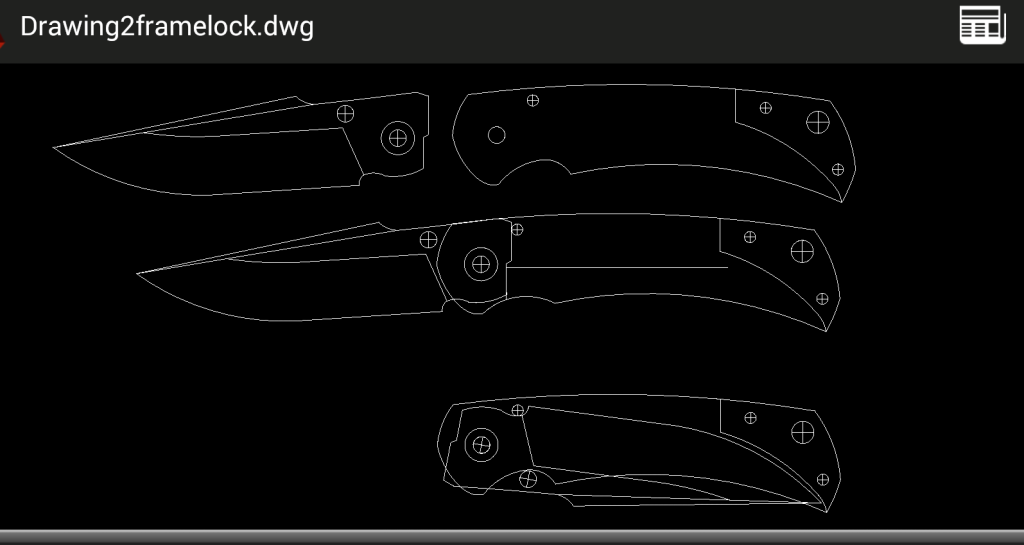Justin Presson
Well-Known Member
I'm thinking I want to go frame lock with g10 on the off side scale.
Can you guys give me the run down on reamers and counterbores, taps? I have little experience with them I have taped holes in mild steel and such but not titanium.
Having to ream the holes I just don't know what I need. I want to use the 3/16 chain ring bolts from usaknifemakers.com what size reamer do I need?
Also for my standoffs what size screws should I get 2-56?
Sorry for all the questions
Can you guys give me the run down on reamers and counterbores, taps? I have little experience with them I have taped holes in mild steel and such but not titanium.
Having to ream the holes I just don't know what I need. I want to use the 3/16 chain ring bolts from usaknifemakers.com what size reamer do I need?
Also for my standoffs what size screws should I get 2-56?
Sorry for all the questions





